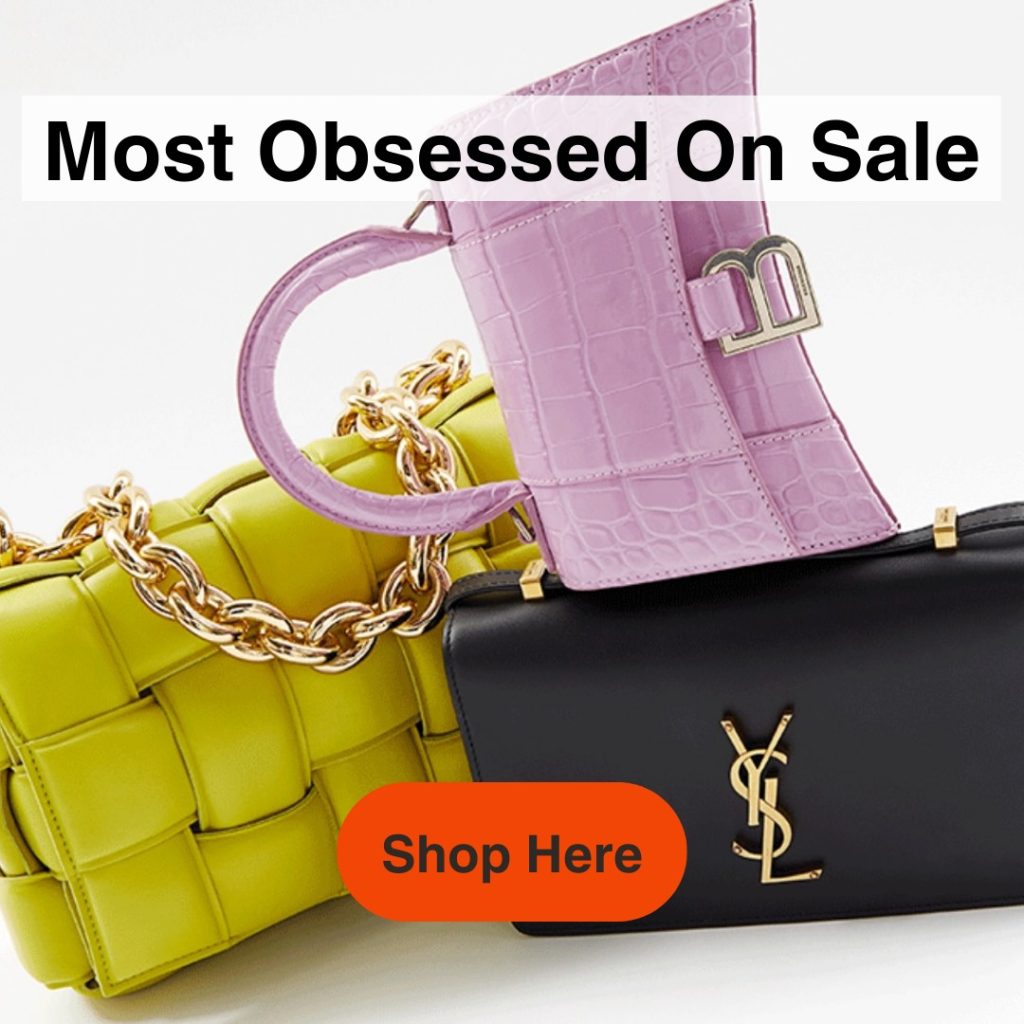
THE GOLDEN CONE: HOW DESIGNER GELATO BECAME ASIA’S TASTE FOR STATUS
 Embark on a Cosmic Journey Through the Paradoxes of Luxury and Dupes
Embark on a Cosmic Journey Through the Paradoxes of Luxury and Dupes
THE GOLDEN CONE: HOW DESIGNER GELATO BECAME ASIA’S TASTE FOR STATUS
by Thea Elle | July 2, 2025 | Luxury Industrial Complex
Luxury has always been performative. But in Asia’s hyper-visual capitals, it has become a game of exquisite brevity condensed, captured, and consumed in seconds. Gone are the days when luxury meant entering a hushed boutique and being offered a flute of champagne. In 2025, it means standing in line under the Singapore sun for a matcha-lavender scoop served in a DIOR-branded cone, wrapped in a napkin bearing the house’s monogram, and perfectly framed for Instagram.
Across SEOUL, SHANGHAI, BANGKOK, and TOKYO, luxury’s latest frontier isn’t a handbag or a fragrance it’s a dessert. Gelato, to be precise. Not just any gelato, but small-batch, house-curated, logo-laced scoops crafted as limited-time pop-up experiences. They don’t last. They’re not meant to. That’s the point.
In a digital age where clout is ephemeral and status must be renewed with each scroll, designer gelato is the ideal symbol. It’s indulgent, visually seductive, relatively affordable and, crucially, fleeting. The cone melts. The moment passes. But the post lives on.

The Couture of Cold: Why Gelato, Why Now?
GELATO isn’t just a summer treat it’s become a shorthand for modern luxury branding. In a crowded landscape where attention is currency, brands are engineering edible experiences that bypass traditional advertising entirely. You don’t need a billboard when your dessert is going viral.
FENDI was among the earliest adopters, launching its FFrozen Treats in SEOUL and HONG KONG: curated carts in branded hues, with sorbets themed after the Italian Riviera. LOUIS VUITTON followed with a series of monogrammed cones distributed during a pop-up cruise event in SHANGHAI. GUCCI unveiled a full-fledged “Gelateria Gucci” in TOKYO, a pastel explosion of Art Deco interiors and lemon-lavender scoops served with collectible stickers.
But it’s not just about product. It’s about narrative. DIOR’s Miss Dior floral gelato in BANGKOK transformed their fragrance story into a sensory experience: rose water and neroli sorbets, served beside an interactive scent garden. JACQUEMUS turned whimsy into a vending machine in SEOUL that dispensed tiny, sunny cones with branded wooden spoons. Dessert, now, is brand immersion.
Soft Power, Served in a Cone
What makes this moment especially potent is the cultural psychology underpinning it. In much of Asia, status signaling is social currency and it’s increasingly visual. Designer gelato hits the sweet spot (literally): accessible but aspirational, subtle yet statement-making, entirely photogenic.
Unlike handbags or shoes, which require large investments and long-term loyalty, these pop-ups invite a low-stakes flirtation. One doesn’t need to buy into the brand’s full vision just enough to hold a cone and post it. The act becomes a ritual of belonging, a public gesture of proximity to prestige.
Explore New Arrivals Here
And it works across generations. For Gen Z, it’s a vibe. For Millennials, it’s nostalgia meets novelty. For luxury brands, it’s scalable magic. Every scoop becomes a unit of soft power delivered not by salespeople but by algorithms.
Asia’s Retail Theater: Why This Works Here
The luxury gelato pop-up could only have flourished in Asia. The region’s cities are ideal theaters for brand experimentation: high foot traffic, dense urban shopping zones, strong influencer ecosystems, and consumers attuned to seasonal novelty.
In SINGAPORE, malls like ION Orchard and Marina Bay Sands have become de facto luxury runways, where branded carts pop up like seasonal window displays. In SHANGHAI, where WeChat and Xiaohongshu dictate trends in real-time, designer desserts are the ultimate content currency. In BANGKOK and SEOUL, where brand loyalty is entwined with lifestyle identity, a branded gelato cone is a passport into the cultural now.
Importantly, this format satisfies both the elite and the aspirational. The wealthy post it as a wink ironic indulgence. The aspiring post it as proof they’re close enough to taste the dream.

At GUCCI’s Tokyo pop-up, dessert and design blur into one immersive moment
Sensory Branding in the Age of Feed Culture
These dessert activations are doing what logos alone no longer can: creating emotional resonance. Brands aren’t just being seen. They’re being tasted. Smelled. Savored. When DIOR offers a jasmine-infused scoop, or PRADA drops a black sesame cone served with matching tote bags, they’re turning identity into multi-sensory memory.
Food is also inherently shareable more so than fashion. You can’t split a handbag with your friend. But you can buy two cones, pose together, and co-author a moment. That moment becomes content. That content becomes currency.
In this way, the branded gelato cart functions as luxury’s Trojan horse: non-threatening, delightful, and deeply strategic.
Conclusion: A New Flavor of Luxury
Luxury is evolving from object to atmosphere, from ownership to access, from acquisition to interaction. The designer gelato cart is the perfect emblem of this shift transient, tasty, and tuned to the rhythms of digital culture.
In ASIA, where retail is a full-body experience, this trend makes perfect sense. It allows heritage brands to become playful, youthful, even edible without sacrificing exclusivity. And it allows consumers to participate in luxury not by purchasing permanence, but by performing presence.
Today’s icons aren’t stitched in leather. They’re swirled in cream and topped with crystallized fruit. Tomorrow’s status symbol? It might just be melting in someone else’s hand.















